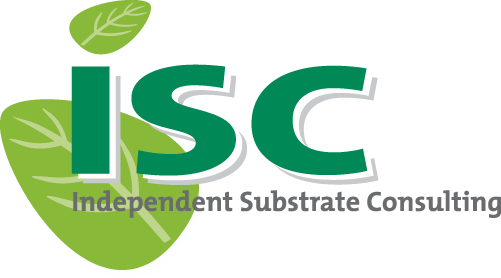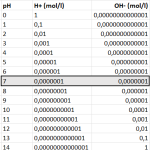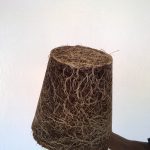Volume reduction during the potting process
Measuring volume is a point of discussion as long as I work with substrates.
 The producer is convinced that he supplied correctly and sufficiently and the customer was not able to fill all his pots or containers even though he had calculated so good.
The producer is convinced that he supplied correctly and sufficiently and the customer was not able to fill all his pots or containers even though he had calculated so good.
An example: a grower has 1,000 pots of 10 liters each to fill with substrate.
So he orders: 1,000*10 = 10,000 liters = 10 m3 substrate.
When it is delivered, he notices that he cannot fill all the pots… how is that possible?
The manufacturer has supplied enough and the customer has calculated correctly, but this was not about sand or water, in which case the pots were definitely filled. It was an organic substrate.
Now imagine that the customer were to empty 1,000 filled 10-litre pots and then measure the total volume, then more than 10 m3 of substrate would certainly be found.
This concerned a substrate, a product that you can easily compress.
That starts with the packaging: to save on transport costs, substrate is often packaged in bags or bales, for which it is compressed to a greater or lesser extent.
The grower will then loosen it again.
- Every processing gives a refinement = volume reduction
- Loading and unloading
- Packing
- Loosen it up
- Potting (machine more than manual)
- When filling the pots or trays, the substrate will be compacted.
- If this is not done, the substrate will compact again due to the weight at the next irrigation.
Around the end of the last century, a solution was sought to prevent this “eternal discussion”.
The EN volume has been launched. A standard procedure was introduced:
A barrel with a fixed volume (e.g. 20 liters) is filled from a certain height and then leveled off.
Then the weight is measured
It is now known what the weight of 20 liters of the airy substrate is (not compacted).
The weight is converted and we then have the weight per EN m3.
This is done at the substrate producer. It is therefore stated on the bag, bale or big bale.
The end user can do the same to verify that they have received the correct volume.
It should be noted that the actions (pressing and releasing again) already will give some volume loss.
When the end user has determined the EN volume, it will still have to be processed and of course it will not come loose in the pot or container: it will be moistened and lightly compressed.
To make an estimate of the required volume, a way has been devised to put a certain weight on the filled EN ton and then measure how much % it compacts.
We call that the potting reference.
This method has been developed and elaborated by the RHP and gives a very realistic picture.
You can find a good explanation in this video: Oppotreferentie – RHP
Now one grower will press the substrate more heavily than the other.
Sometimes the substrate is also strongly moistened before potting.
In both cases the substrate will be more compressed and (expensive) air will be pushed out.
This results in a less airy substrate + loss of volume.
The end user will have to find a good balance here which is good for his/her cultivation, watering regime, etc.
Independent Substrate Consulting (substrate-consulting.com)

 Previous Post
Previous Post Next Post
Next Post